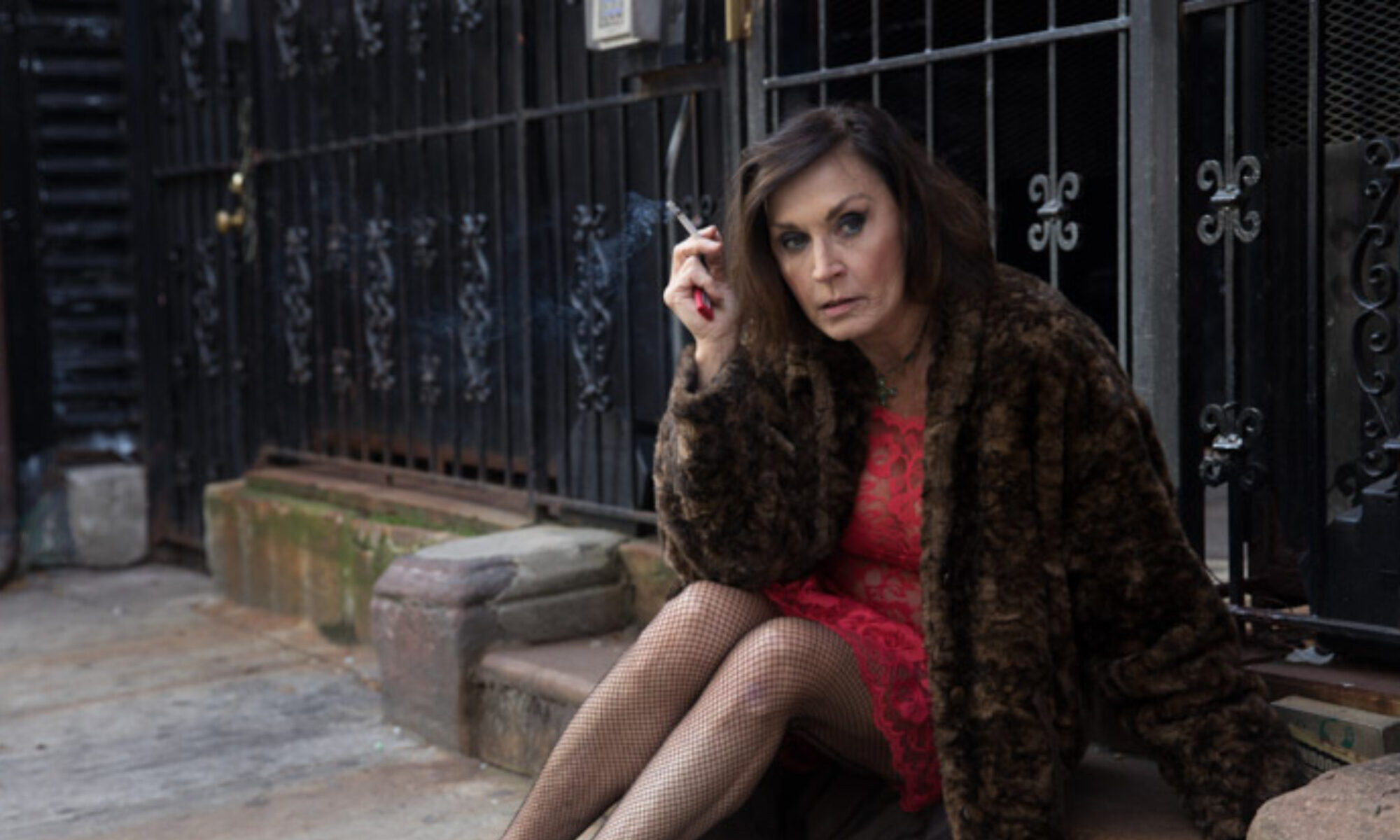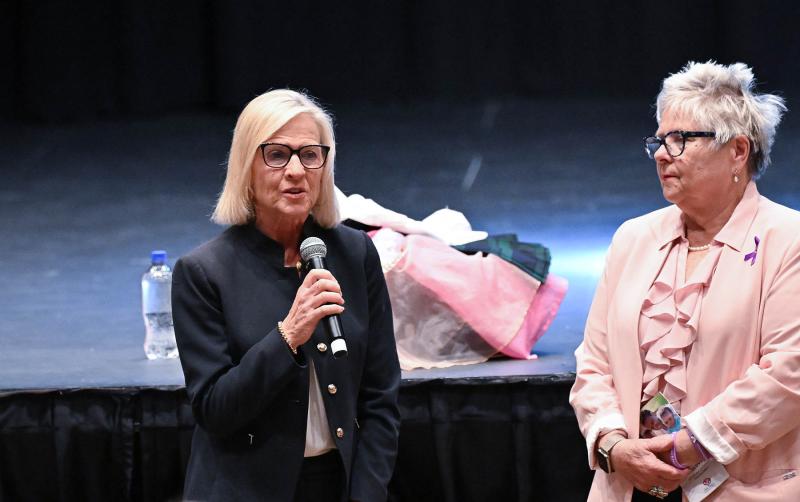
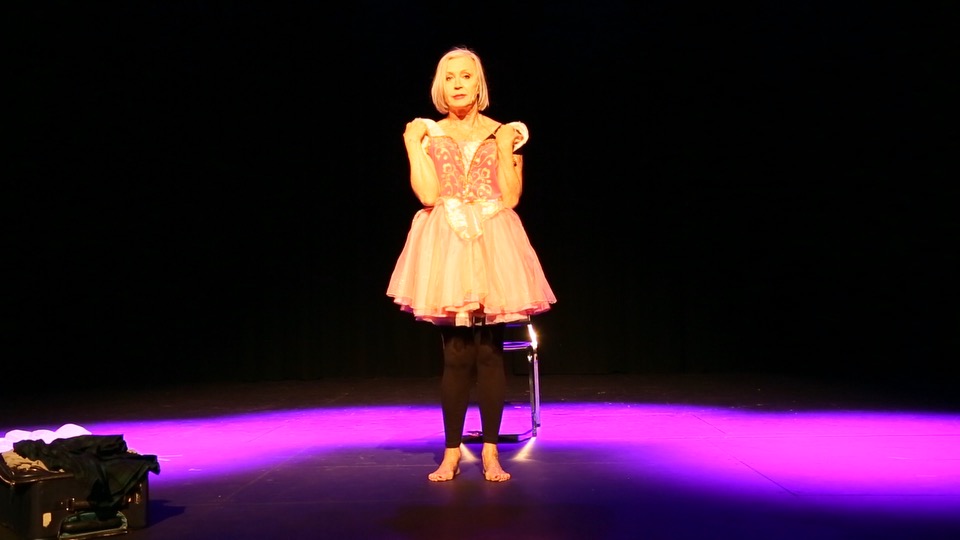
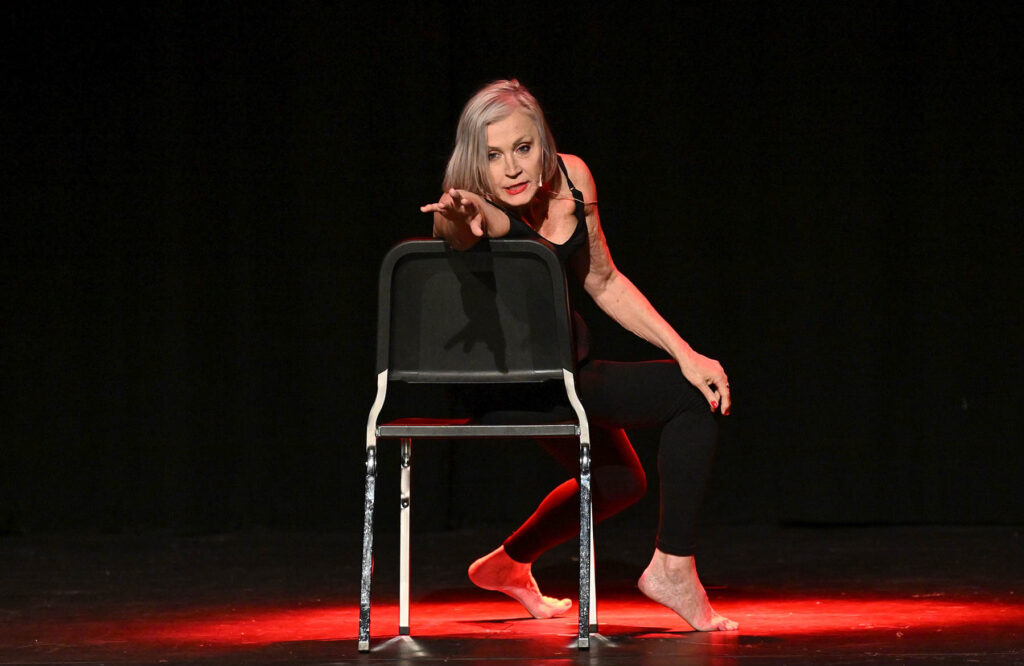

**June 2024 Followup News**
RUNAWAY PRINCESS AWARDS PROCEEDS TO
NON-PROFITS ADDRESSING TRAFFICKING
Read story at this link.
The April 28, 2024 show at Cape Henlopen High School, produced by “What is your voice?” and “Fund for Women” in Sussex County, Delaware.
‘Runaway Princess’ spotlights trafficking and addiction crisis, Cape Gazette
The day before Mary spoke at CAMP Rehoboth Women’s Fest 2024, accompanied by her director Dan Ruth and, of course, Joey.


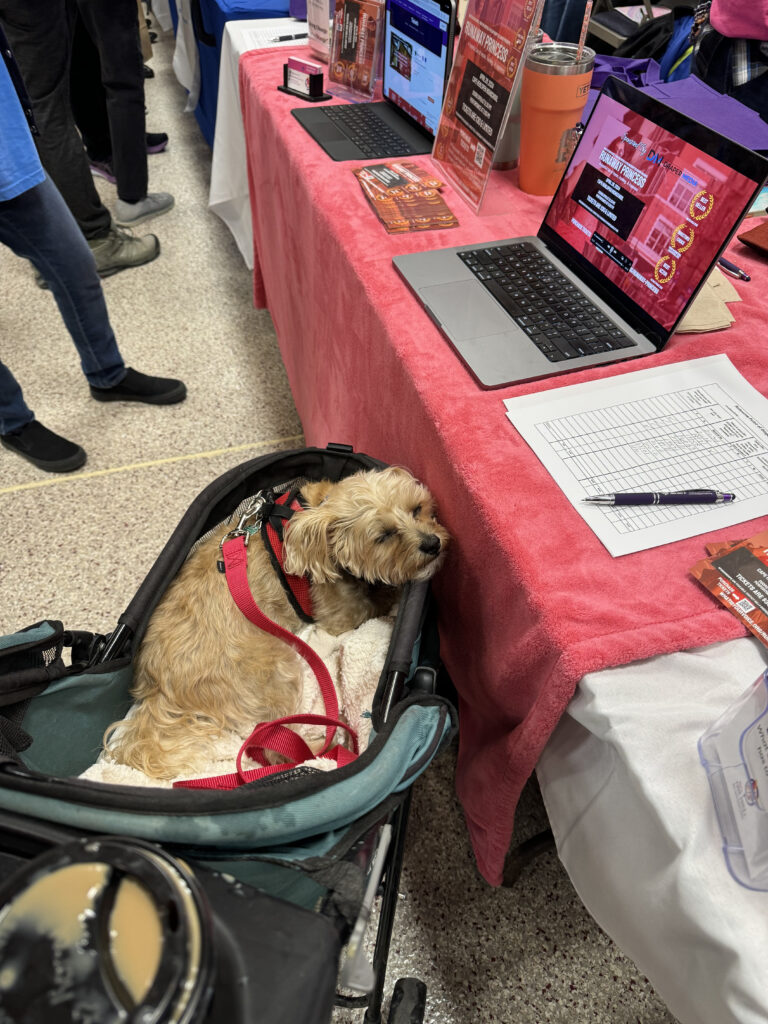


Human Trafficking Presentation set for April 28, Cape Gazette
Several days after the show, Mary was the keynote speaker at the May 1, 2024, banquet celebrating the 127 Year Anniversary of the GFWC DELAWARE STATE FEDERATION OF WOMEN’S CLUBS at the Atlantic Sands Hotel and Conference Center in Rehoboth Beach, Delaware. The focus: Domestic Violence. Trish Rodriguez, GFWC President, asked me.
“Mary Goggin gave a riveting presentation at the GFWC Delaware State Convention. We have never heard such a personal accounting of abuse, addiction, and recovery. Mary gives us hope for a brighter tomorrow. Again, Mary, thanks for coming to Delaware!”
Jan Conant, President
GFWC Delaware
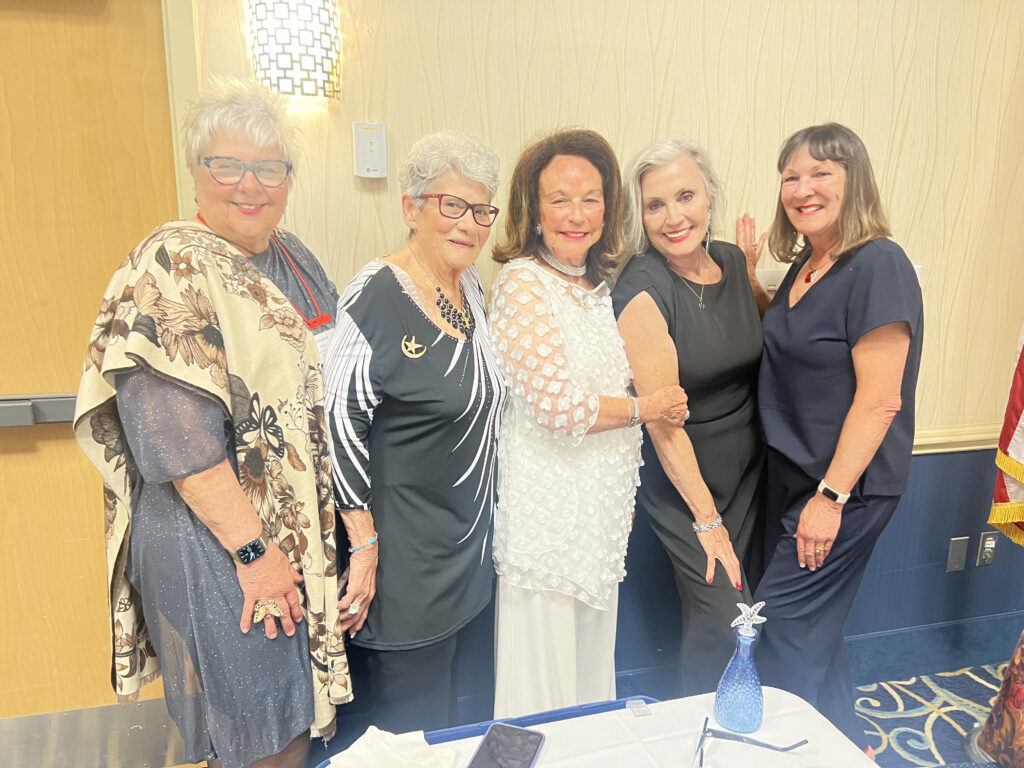
This very exciting news was shared by Jacqueline Sterbach, President and Founder of “What Is Your Voice?” (and fellow woman warrior!), whose connection with Trish resulted in this wonderful invite!
And the origin is this story in the Cape Gazette.
